Beekeeping in Australia: A Beginner’s Guide to Native Australian Bees
Bee keeping, especially with native Australian bees, is a fascinating and eco-friendly way to contribute to biodiversity. Native Australian bees, unlike European honeybees, are often stingless, making them ideal for urban areas. In this guide, we’ll dive into the essentials of beekeeping with a focus on Australia’s unique native species, providing a step-by-step approach. Whether you’re a beginner or looking to expand your knowledge, you’ll find practical insights and useful tips to get started.

Step 1: Understanding Native Australian Bees
Australia is home to over 1,700 species of native bees, with some like the Tetragonula and Austroplebeia being stingless. Understanding these bees’ unique traits can help you provide the best environment for them.
- Learn about the main types of native bees suitable for home beekeeping.
- Research their role in pollination and benefits over traditional honeybees.
Tips
- Stingless bees are especially suited for gardens in warmer climates.
- Native bees don’t produce large amounts of honey, so they’re more suited for hobbyists.
- Make a list of three plants you’d like to have in your garden that could benefit from bee pollination.
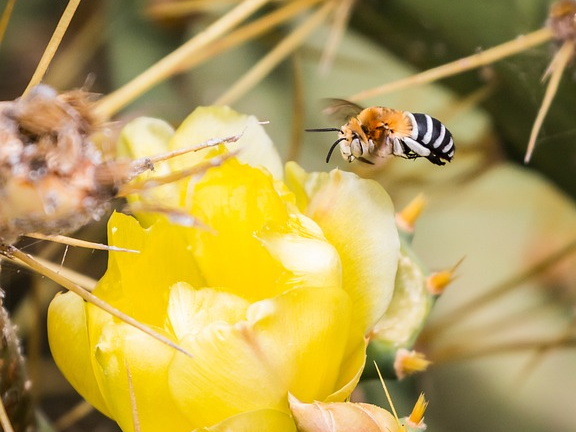
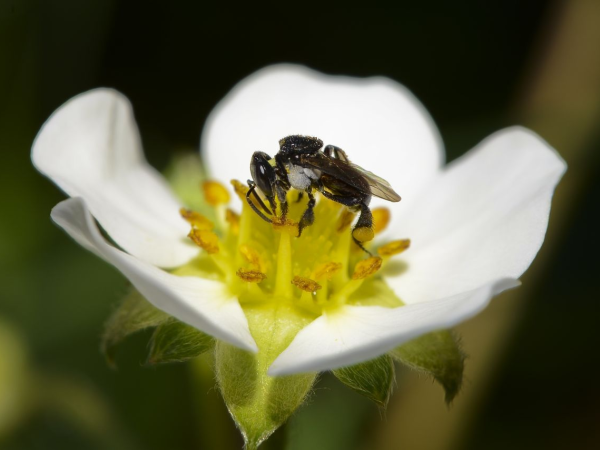
Step 2: Choosing the Right Bee Hive
Selecting the right hive is crucial. Native Australian bees thrive in specific hive setups, which differ from standard honeybee hives.
- Opt for a log hive or boxed hive.
- Consider hive placement; native bees need warmth, so place hives where they receive morning sunlight.
Tips
- Position hives at least 1 meter off the ground to protect from pests.
- Ensure the hive entrance faces away from strong winds.
- Identify a suitable spot in your yard for a hive and observe the sunlight pattern.
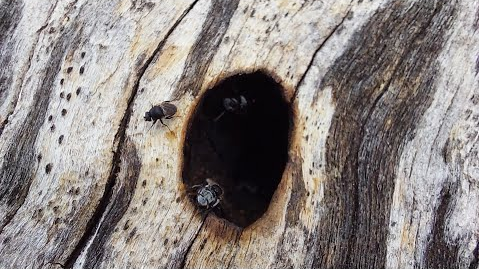
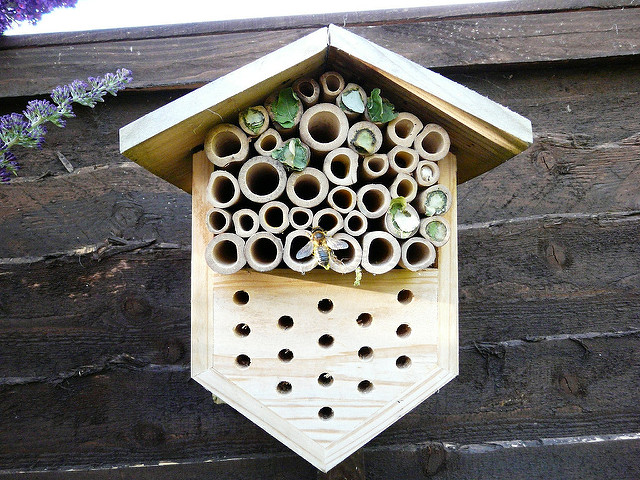
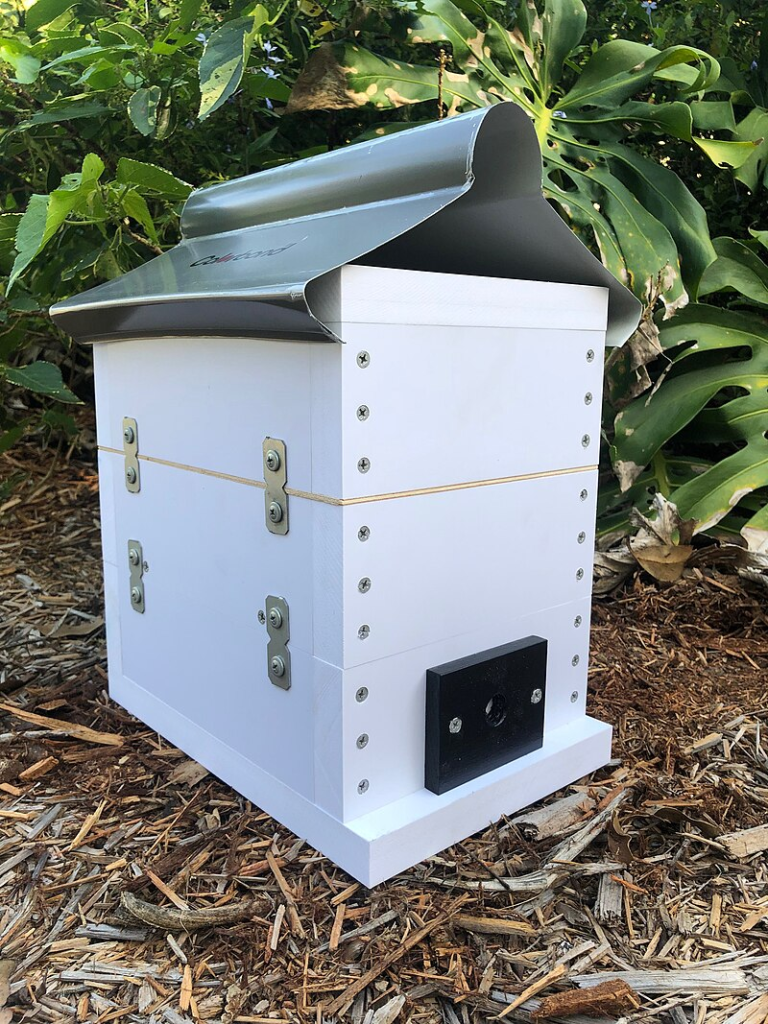
Step 3: Setting Up and Caring for Your Bee Hive
Beekeeping requires a balance of patience and observation. Setting up the hive correctly can make bee care easier and enhance bee productivity.
- Prepare the area by clearing any obstacles and ensuring it’s free of pesticides.
- Install the hive and monitor the entrance for bee activity and any signs of pests.
Tips
- Check hives monthly for any damage or debris around the entrance.
- Avoid moving the hive frequently, as this can stress the bees.
- Start a beekeeping log to track your hive checks and any changes you notice.
Common Errors and Misconceptions
Many beginners make simple mistakes that can hinder their bee-keeping success. Being aware of these can save you time and effort.
#1: Using pesticides in the yard
Only use bee-safe alternatives and avoid spraying near the hive.
#2: Overharvesting honey
Native bees produce limited honey, and harvesting too much can harm the hive’s sustainability.
#3: Neglecting regular checks
Regular inspections help you detect issues early, like pests or structural damage.
Embracing Your Bee Keeping Journey
By following these steps, you’re on your way to creating a thriving environment for native Australian bees. Bee keeping is a rewarding hobby that supports biodiversity and brings vibrancy to your garden. Start small, stay observant, and let your bee colony grow naturally.
Remember, bee keeping is about contributing to the ecosystem rather than honey production. Embrace the process, and you’ll find joy in each new discovery.

Additional Resources for Bee Keeping
1. Books
- “The Australian Native Bee Book” by Tim Heard
- “Bees of Australia: A Photographic Exploration” by James Dorey
2. Websites
- Aussie Bee (www.aussiebee.com.au)
- Australian Native Bee Association (www.anba.org.au)
